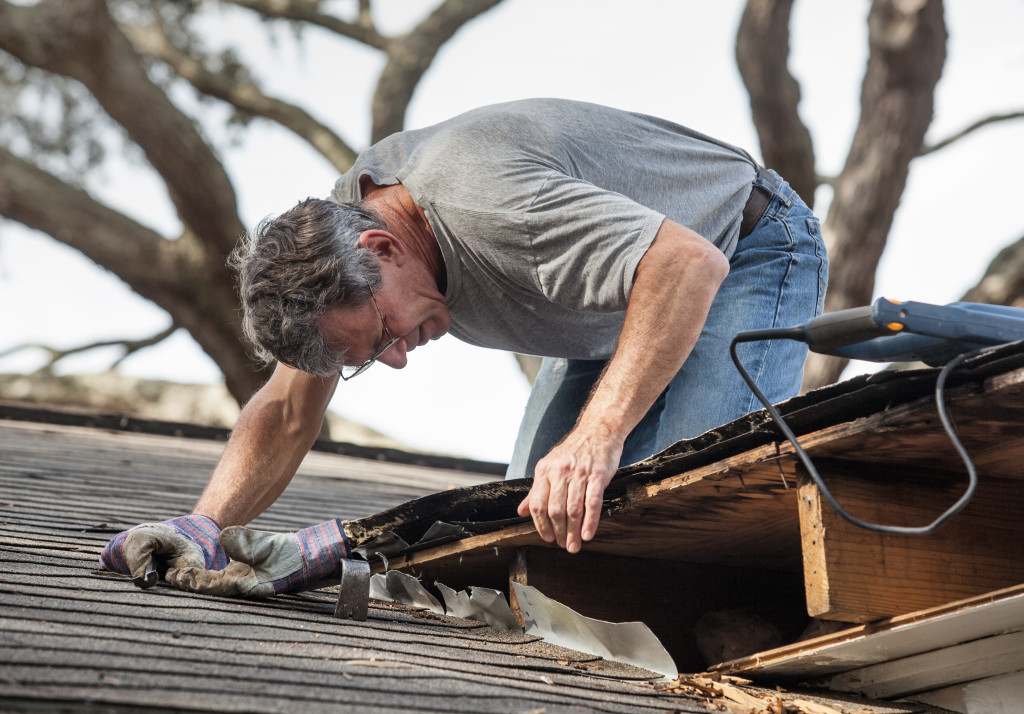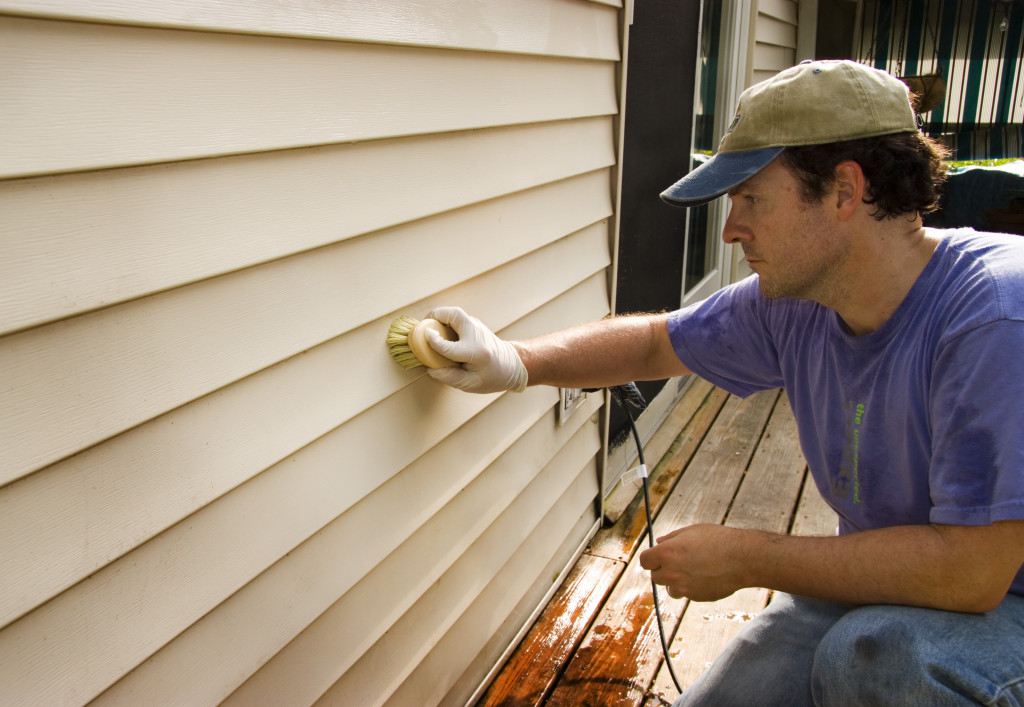Toxins That May Be in Your Home: 30 Tips

Toxic materials can be found in our homes. It is crucial to reduce your exposure by removing any sources of toxicity from your home.

Some Toxic Substances That May Be Present at Home
The different types of toxic elements that might be present in your home can include:
- mold,
- lead,
- radon,
- carbon dioxide,
- formaldehyde,
- asbestos,
- volatile organic compounds (VOCs), and
- polychlorinated biphenyls (PCBs).
Symptoms of Toxic Exposure
It is important to be aware of any symptoms that might indicate that you have been exposed to a toxic substance. If you experience any of these symptoms, please see a doctor. Symptoms of exposure to toxins can include:
- headache,
- dizziness,
- nausea,
- vomiting,
- diarrhea,
- skin rashes,
- difficulty breathing,
- and chest pain.
Long-term exposure to certain toxins can lead to more serious health conditions such as cancer, neurological disorders, and reproductive problems.
How to Reduce Toxic Exposure at Home
Here are 30 tips to reduce your exposure to toxins in your home:
1. Check for mold growth regularly and clean it up promptly. Fix any leaks or dampness.
2. Remove lead-based paint or have it professionally removed.
3. Get rid of asbestos-containing materials before they become a problem.
4. Reduce the level of formaldehyde in your home by using less pressed wood products. Buy organic furniture and building materials whenever possible, to avoid exposure to VOCs and other harmful chemicals.
5. Test for radon and, if necessary, take corrective action.
6. When renovating your home, make sure to use low-VOC or no-VOC paint and adhesives.
7. Avoid storing paints, solvents, and other hazardous materials in your home.
8. Don’t smoke inside your home. If you smoke, quit. Tobacco smoke contains a number of toxic chemicals that can be harmful to your health. Second-hand smoke is also harmful, so you will be endangering your family and other household members.
9. Keep a close eye on children to make sure they don’t eat any lead-based paint chips or mercury thermometers.
10. Use a HEPA filter vacuum cleaner to reduce the amount of dust and allergens in your home.
11. Install an air filter or humidifier with a HEPA filter in your home to improve air quality.
12. Keep your home well-ventilated. Install exhaust fans to suck out contaminated air.
13. Clean your floors with a damp mop instead of dry dusting.
14. Get rid of any old carpeting that may contain asbestos or lead-based paint.
15. Volatile organic compounds can be reduced by not using pesticides or herbicides at home. If you must use pesticides, always follow the instructions on the label. Store all pesticides in their original containers and keep them out of reach of children. Never mix different types of pesticides together. Dispose of all leftover pesticides properly according to the instructions on the label.
16. Wear a mask when working with hazardous materials, such as when cleaning or painting.
17. Choose cleaning products wisely — look for those that are fragrance-free and have minimal ingredients. Make your own natural cleaning products using ingredients like vinegar, baking soda, and lemon juice. Never mix household cleaners together — this can create dangerous fumes.
18. Don’t use synthetic air fresheners — choose natural alternatives such as plants or aromatherapy.
19. If you can’t avoid exposure to toxins, make sure to wash your hands and face afterward and remove any clothing that may be contaminated.
Keep an emergency kit on hand in case of accidental exposure to hazardous materials. This should include items such as gloves, goggles, and a face mask.
20. Choose fresh fruits and vegetables over canned or processed foods, which may contain harmful chemicals such as BPA.
21. Reduce your consumption of meat and animal products, as these can contain high levels of toxins such as PCBs and dioxins.
22. Polychlorinated biphenyls can be reduced by not eating fish that may contain them.
23. Avoid using plastic containers for food or drink, as they can leach harmful chemicals into your food or drink. Store food in glass or stainless steel containers instead.
24. Make sure your water is not contaminated with chlorine, lead, or arsenic. If you have a private well, have it tested annually for contaminants. Drink filtered water instead of tap water.
25. Choose natural fibers such as cotton or wool instead of synthetic materials like polyester or rayon, which can release harmful chemicals into the air.
26. Avoid using personal care products that contain toxic ingredients such as phthalates, parabens, or sulfates.
27. Minimize your exposure to electromagnetic fields (EMFs) by using a laptop computer with a screen protector and avoiding prolonged use of electronic devices such as cell phones and tablets. Don’t leave electronics or appliances on unnecessarily.
28. Replace your traditional light bulbs with CFLs or LEDs, which produce lower levels of EMFs than incandescent bulbs.
29. Replace old appliances that give off high levels of nitrogen dioxide. Use newer, Energy Star models that use less energy and produce fewer pollutants.
30. Have your septic system checked and pumped every three to five years to avoid contamination of your water supply.
The above are just some ways that you can reduce your exposure to toxins in your home. By following these tips, you can make your home a safer and healthier place for you and your family.




